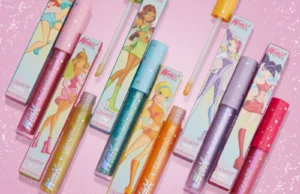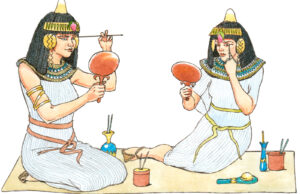Most cosmetics hiding cruel roots
When thinking of cosmetic testing on animals, one may have a picture in mind of a group of chimps sitting around the lab looking like they’re ready for RuPaul’s Drag Race.
Animals used in laboratory testing are bunnies, mice, hamsters and sometimes dogs. These animals are not having a spa day.
They don’t sit around with cucumber slices on their eyes while getting their fragrance preferences tested. They have harsh chemicals rubbed roughly into their freshly shaved skin, bones broken when they are held down and forced to breathe poisonous fumes, and have lethal chemicals poured into their eyes. After all this, we may still have serious reactions to our lipstick or mascara.
Animals in these tests aren’t given pain killers or any sort of numbing either. They are having unspeakable horrors brought upon them, all so human customers can feel pretty.
An average woman pours over 500 chemicals on her body every day. These toxic chemicals can and will seep into their pores, and can lead to cancer, birth defects, brain or lung damage, even obesity. The common phrase “Beauty is pain” comes to mind, but this is taking it to the extreme.
Commonly used chemicals such as butylated hydroxytoluene, cause skin and eye irritation. Even formaldehyde, the fluid used when embalming a dead body, is in nail polishes and deodorants, and it has been linked to asthma cancer, and immune system damage.
As an alternative, cruelty free cosmetics do not test on animals and are considered much less toxic because the ingredients used by cruelty free brands have a proven safety record. Customers are way less likely to use a product that’s going to cause harm and negative side effects with these products.
In addition to this, many cruelty-free brands offer green products free from potentially harmful chemicals.
This means that the ingredients customers are putting on their bodies and absorbing into their skins are all-natural, and don’t contain a gazillion chemicals they can’t pronounce and don’t know the origins of.
Animal testing is not even necessary. Companies can use ingredients that have already been tested and proven safe. There are also new technologies available that can test new products in a fraction of the time that it takes when using animals. Companies simply must make the choice.
Additionally the law does not require companies to test cosmetics on animals. On March 11, 2013, the European Union passed laws banning the importing and sale of animal tested cosmetic products and ingredients.
Still, companies send testing to off-shore third party labs in order to bypass this law. Famous brands like L`orèal, Max Factor, Ponds, Johnson & Johnson and Dial are known to do this.









You must be logged in to post a comment Login